The Archaeological Site of Quiriguá: A Testament to Maya Civilization
Quiriguá, an ancient Maya archaeological site located in the department of Izabal in south-eastern Guatemala, stands as a medium-sized site covering approximately 3 square kilometers along the lower Motagua River. The ceremonial center, situated about 1 km from the north bank of the river, reveals the strategic placement of Quiriguá at the juncture of several important trade routes during the Maya Classic Period (AD 200–900). The site’s occupation began by AD 200, with significant construction on the acropolis starting around AD 550. A notable expansion of construction occurred in the 8th century, marking a period of grandeur for Quiriguá, which came to a halt around AD 850, except for a brief reoccupation in the Early Postclassic period (c. AD 900 – c. AD 1200).
Get your dose of History via Email
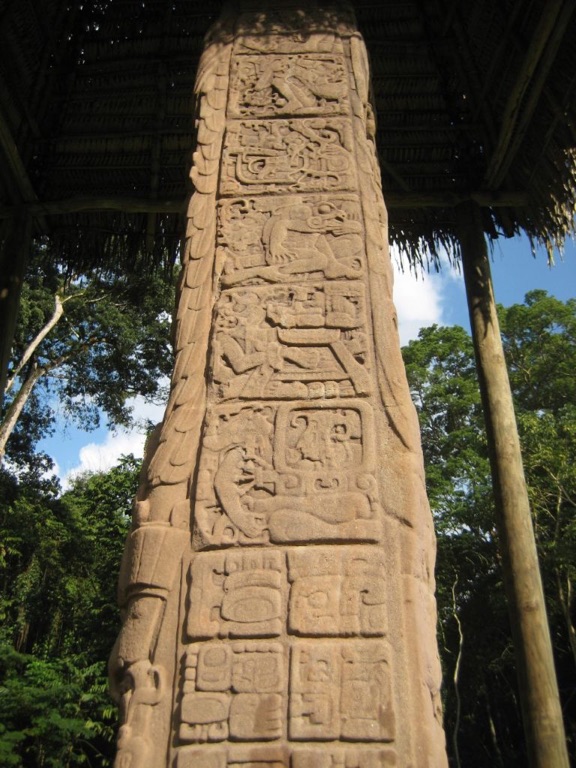
Historical Significance
Quiriguá’s historical significance is closely tied to its military victory over Copán in AD 738 under the leadership of king K’ak’ Tiliw Chan Yopaat. This victory over Copán’s king, Uaxaclajuun Ub’aah K’awiil, marked a pivotal moment, transitioning Quiriguá from a vassal state to maintaining its independence. Despite its modest ceremonial architecture, Quiriguá is renowned for its wealth of sculpture, including the tallest stone monumental sculpture in the New World, underscoring its historical and cultural importance. This significance was recognized globally when Quiriguá was inscribed on the UNESCO World Heritage List in 1981.
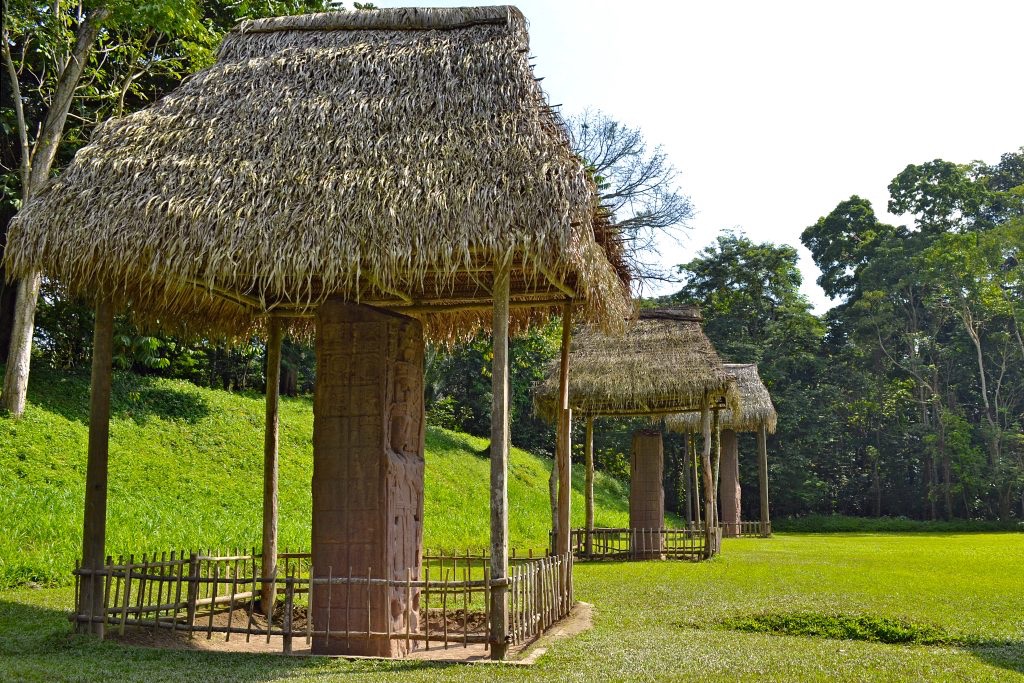
Geographical and Environmental Context
Quiriguá is strategically positioned on the north bank of the lower reaches of the Motagua River, a location that has exposed the site to periodic flooding over the centuries. The local bedrock, a hard red sandstone, was utilized in the construction of monuments and architecture, allowing for the creation of the tallest freestanding stone monuments in the Americas. The site’s location on the Motagua Fault subjected it to damage from major earthquakes in ancient times.
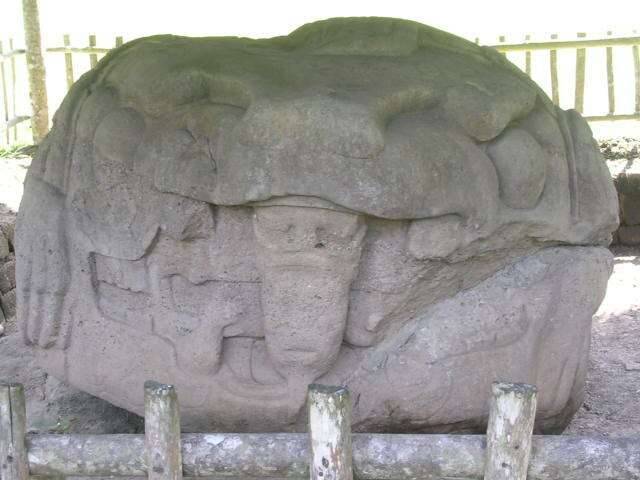
Population and Economy
The population of Quiriguá, primarily Maya in ethnicity, was at least bi-ethnic, with the majority belonging to the less complex Intermediate Area. The estimated population density during the Late Classic was 400 to 500 per square kilometer in the city’s center, with a peak population of 1200–1600. The economy of Quiriguá benefited from its position to control the trade of uncut jade and other commodities, such as cacao, which was produced as a local cash crop. Maize remained the primary local crop, underscoring its importance in the Maya diet and possibly in tribute payments to Copán.

Known Rulers and Dynastic Succession
Quiriguá’s recorded history begins in AD 426 with the enthronement of “Tok Casper,” the first known king, by K’inich Yax K’uk’ Mo’ of Copán. The site’s history is marked by a series of rulers who contributed to its development and expansion, with K’ak’ Tiliw Chan Yopaat (AD 724–785) being one of the most notable for his role in Quiriguá’s independence from Copán.
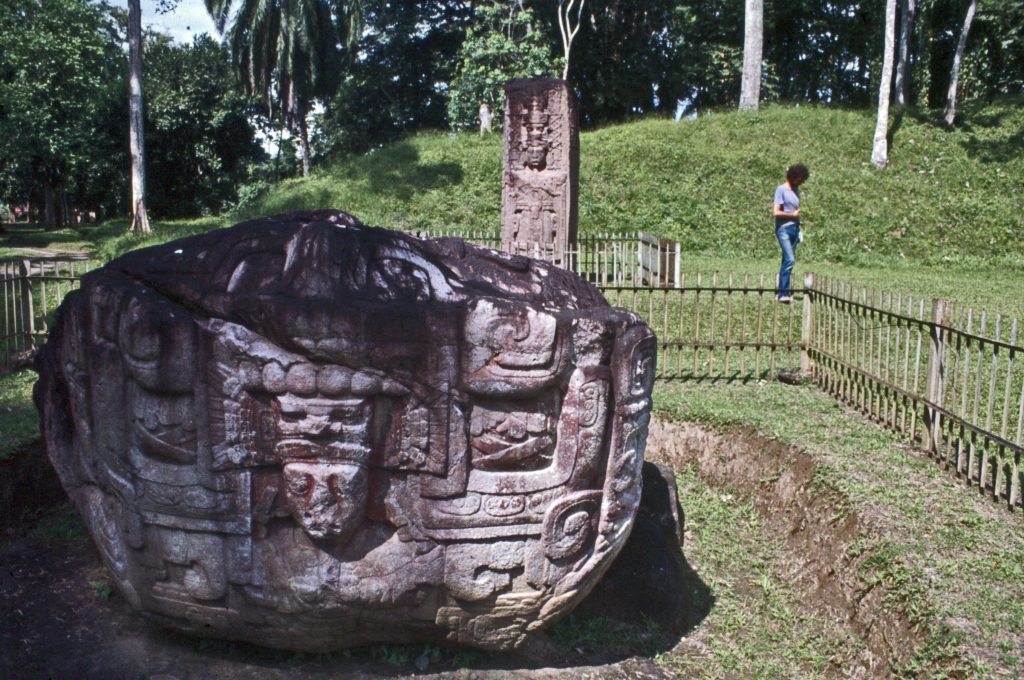
Architectural and Monumental Highlights
The architectural and sculptural styles of Quiriguá share similarities with the nearby city of Copán, reflecting their intertwined histories. The site features an array of monuments, including stelae and zoomorphs, which are considered marvels of Maya stoneworking. These monuments, often covered in intricate carvings and hieroglyphic texts, provide valuable insights into the political, social, and religious life of the Maya civilization.
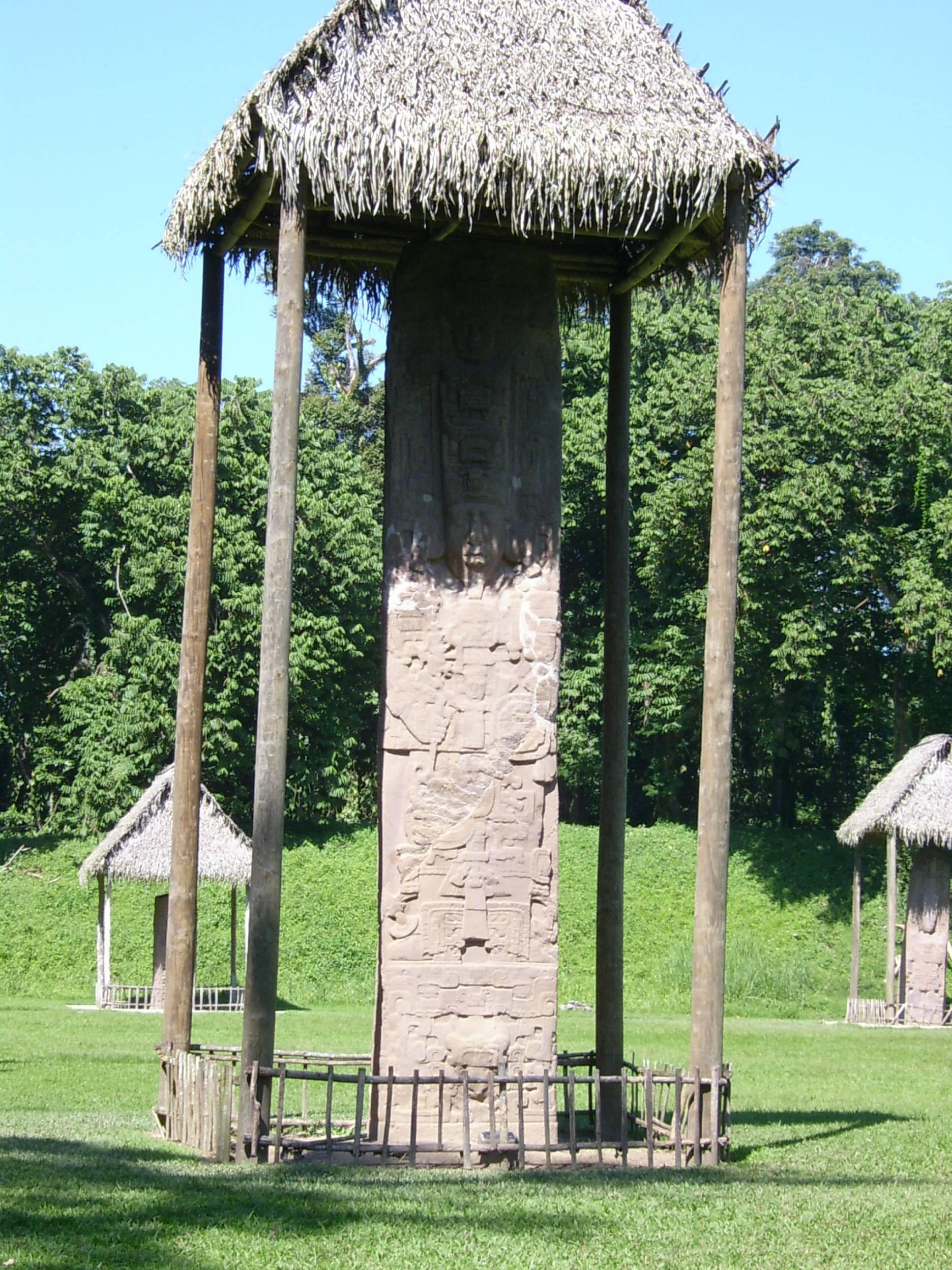
Conclusion
Quiriguá stands as a testament to the complexity and achievements of the Maya civilization. Its strategic location, monumental architecture, and rich sculptural heritage highlight its significance as a center of political power, trade, and cultural expression during the Classic Period. The site’s inclusion on the UNESCO World Heritage List underscores its importance not only to Guatemala but to the world, preserving the legacy of the Maya for future generations.
Sources:
Wikipedia
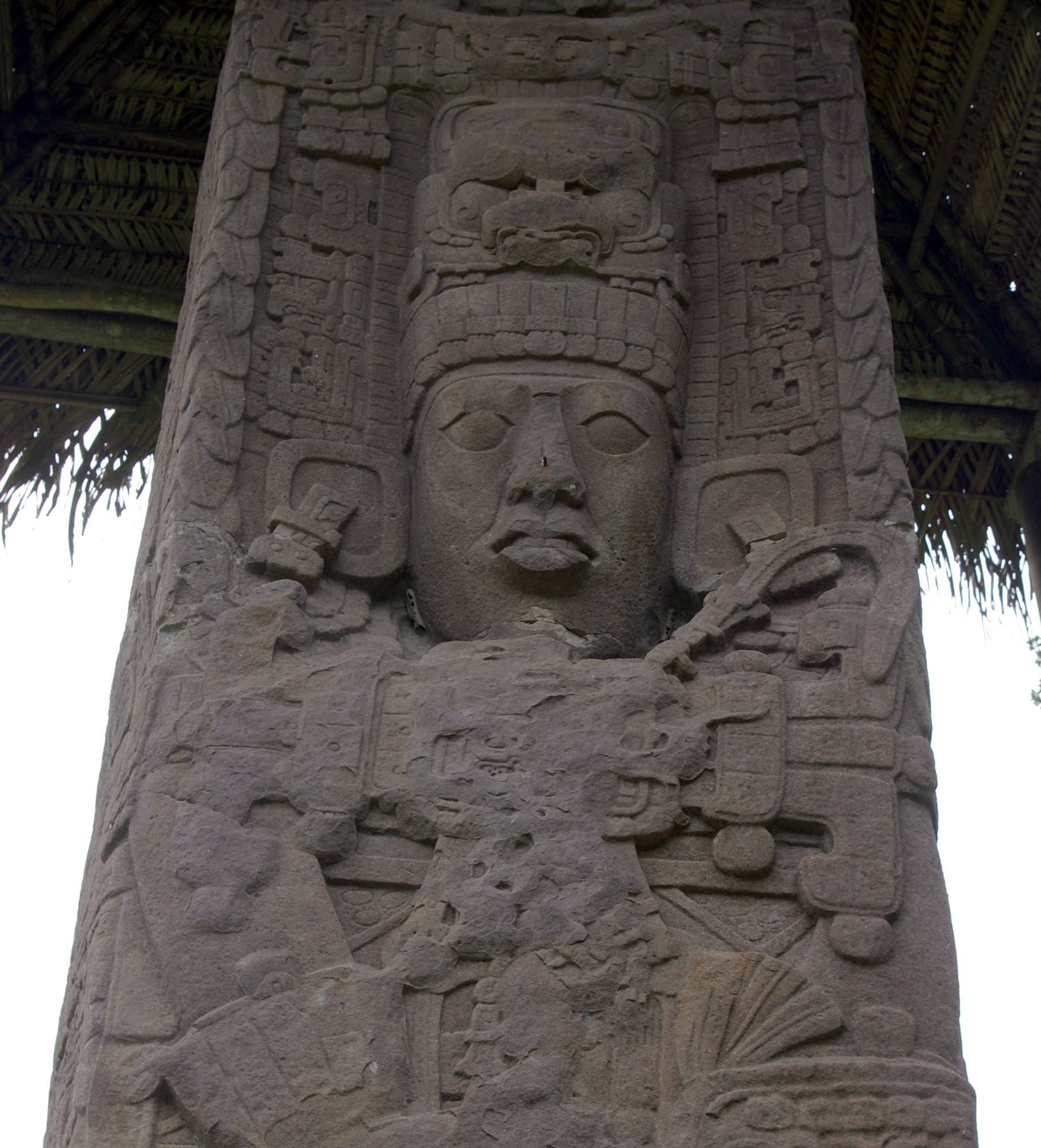

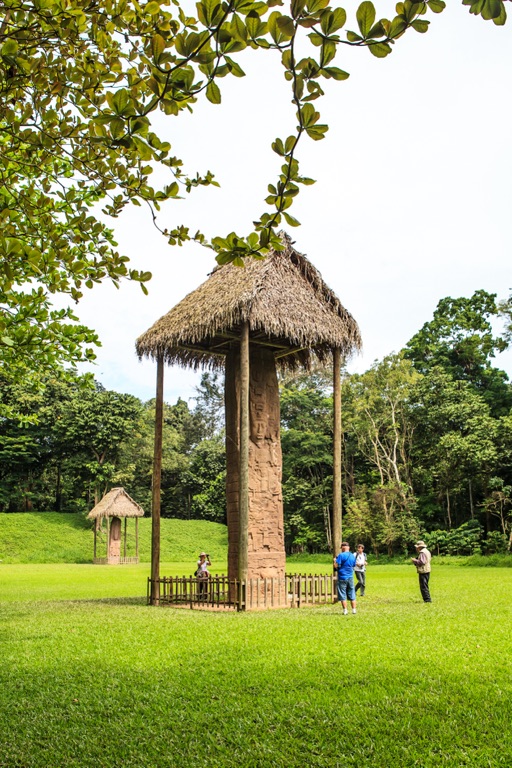
Thank you kindly. That’s a very interesting find.